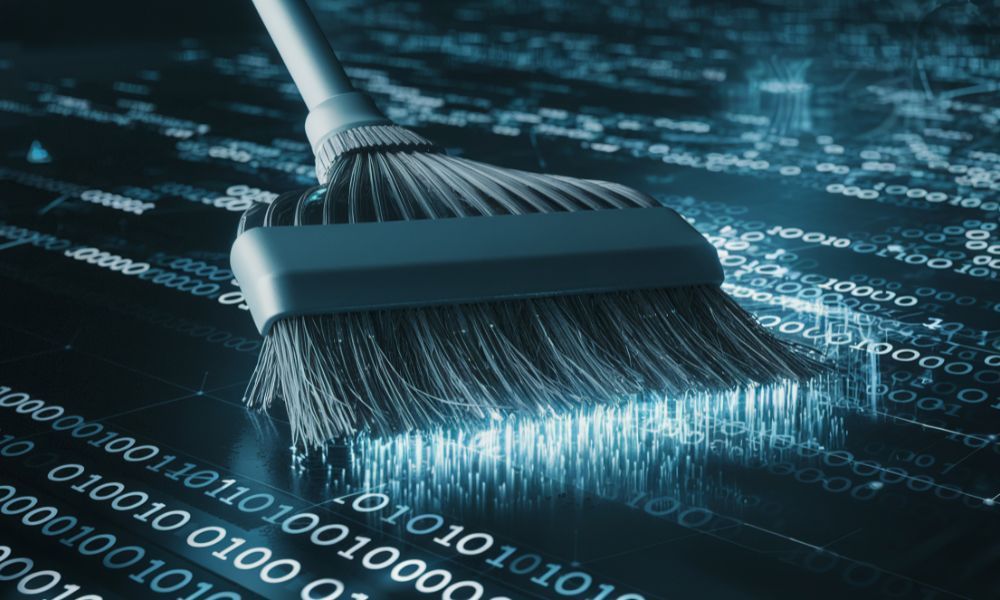How to Choose MarTech Tools for Your Business
The world of MarTech has exploded with options. There are tools for almost everything, promising to transform how you market and connect with customers. But more tools don’t always mean better results. Sometimes, they just create confusion—teams get overwhelmed, data gets messy, and customers feel it.
With so many options, how do you pick the right ones? The key is to keep it simple. Focus on tools that truly improve the customer experience without making things harder for your team. Let’s look at how to choose MarTech tools that work for you and your customers.

The Problem with Too Many Tools
Hurts Your Team’s Productivity
When your team has to manage too many platforms, they spend more time switching between tools than doing meaningful work. Fixing bugs, dealing with disconnected systems, and managing workflows takes energy they could spend on creative ideas or strategic projects.
Wastes Money
Extra tools don’t just cost money upfront. There are also hidden costs for training, upkeep, and integrations. Plus, overlapping tools often do the same thing, which wastes your budget.
Messes Up Data and Customer Experience
When tools don’t talk to each other, your data gets scattered. This leads to mistakes—like sending customers irrelevant or repeated messages. It’s frustrating for them and damages your brand.
Signs You Have Too Many Tools
Look out for these red flags:
- Your team isn’t using most of the tools.
- They’re constantly switching between systems to get things done.
- Your tools don’t connect well, so your data is all over the place.
- You’re spending more money on tools than the value they bring.
If this sounds familiar, it’s time to simplify.
How to Pick the Right Tools
1. Focus on Your Customers
Think about the key points where customers interact with your brand. What tools do you need to improve those moments? For example, a tool to personalize recommendations might help during shopping, while strong analytics can refine post-purchase follow-ups.
2. Review What You Already Have
Check the tools you’re currently using. Are they working? Are they being used to their full potential? Identify what’s redundant or unnecessary. Look for gaps in capabilities. Make sure everything integrates smoothly.
3. Choose Tools with These Features
- Unified Customer Data: Tools should connect and share data for a complete view of your customers.
- Easy Integration: They should work well with your existing systems.
- User-Friendly: Your team shouldn’t need IT help for every little thing.
- Scalability: They should grow with your business.
- Fair Costs: Think beyond upfront pricing—include training and maintenance.
Must-Have Tools
Here are the essentials for most businesses:
- Customer Data Platform (CDP): Combines all your customer data into one place for better personalization and insights.
- Marketing Automation: Handles repetitive tasks like email campaigns so your team can focus on strategy.
- Analytics Tools: Shows you what’s working and helps allocate resources better.
- Content Management System (CMS): Helps you create and share content easily while integrating with other tools.
Specialized Tools (If You Need Them)
Some tools are optional but can be game-changers for specific businesses:
- E-Commerce Platforms: Great for online stores to handle transactions and improve customer experiences.
- Social Media Management Tools: Useful for brands with a strong social presence to streamline scheduling and engagement.
- Personalization Engines: Tailor content to individual customers in real-time.
- Customer Feedback Systems: Gather feedback to fine-tune your strategies.
Tips for Smooth Implementation
- Start Small: Introduce tools one at a time, beginning with the ones that solve the biggest problems.
- Get Everyone Involved: Work with marketing, IT, sales, and customer service teams to make sure the tools align with shared goals.
- Train Your Team: Spend time teaching your team how to use the tools effectively.
- Plan for Data Migration: Move your data carefully to avoid errors.
- Measure Success: Track metrics like ROI, customer retention, and efficiency improvements to see if the tools are working.
Keep It Simple Over Time
Simplifying isn’t a one-time thing. It’s something you’ll need to keep doing:
- Regular Audits: Check if your tools are still meeting your needs. Cut what’s not working.
- Combine Tools: Use integrated platforms instead of many smaller ones when possible.
- Listen to Customers: Track customer feedback and adjust your stack to improve their experience.
A customer-first MarTech approach prioritizes the right tools over quantity. Building a simple, aligned stack creates measurable impact through seamless, efficient, and scalable systems.
Keep your stack future-ready by balancing innovation with simplicity. Regular audits, clear governance, and unwavering focus on customer outcomes ensure your tools remain assets rather than obstacles.
Start with a tech audit today to build your streamlined, customer-centric MarTech strategy.
Author: William Flaiz










